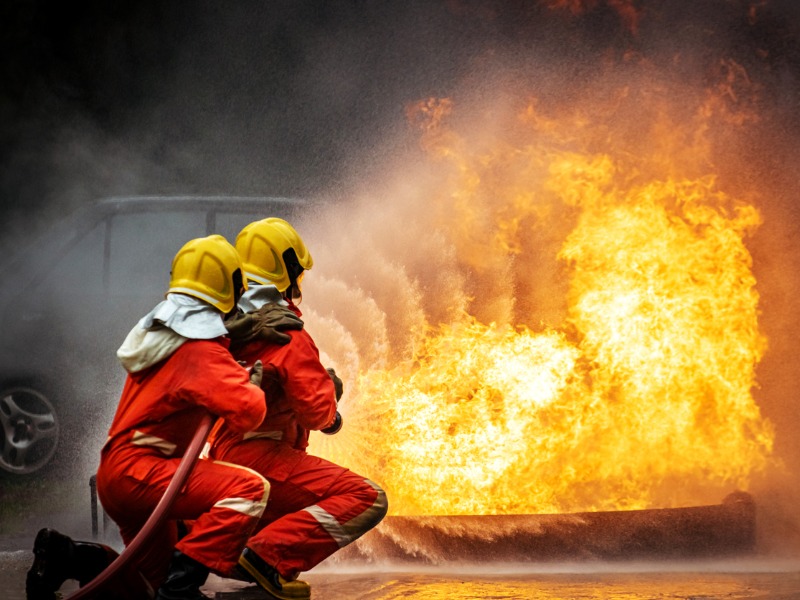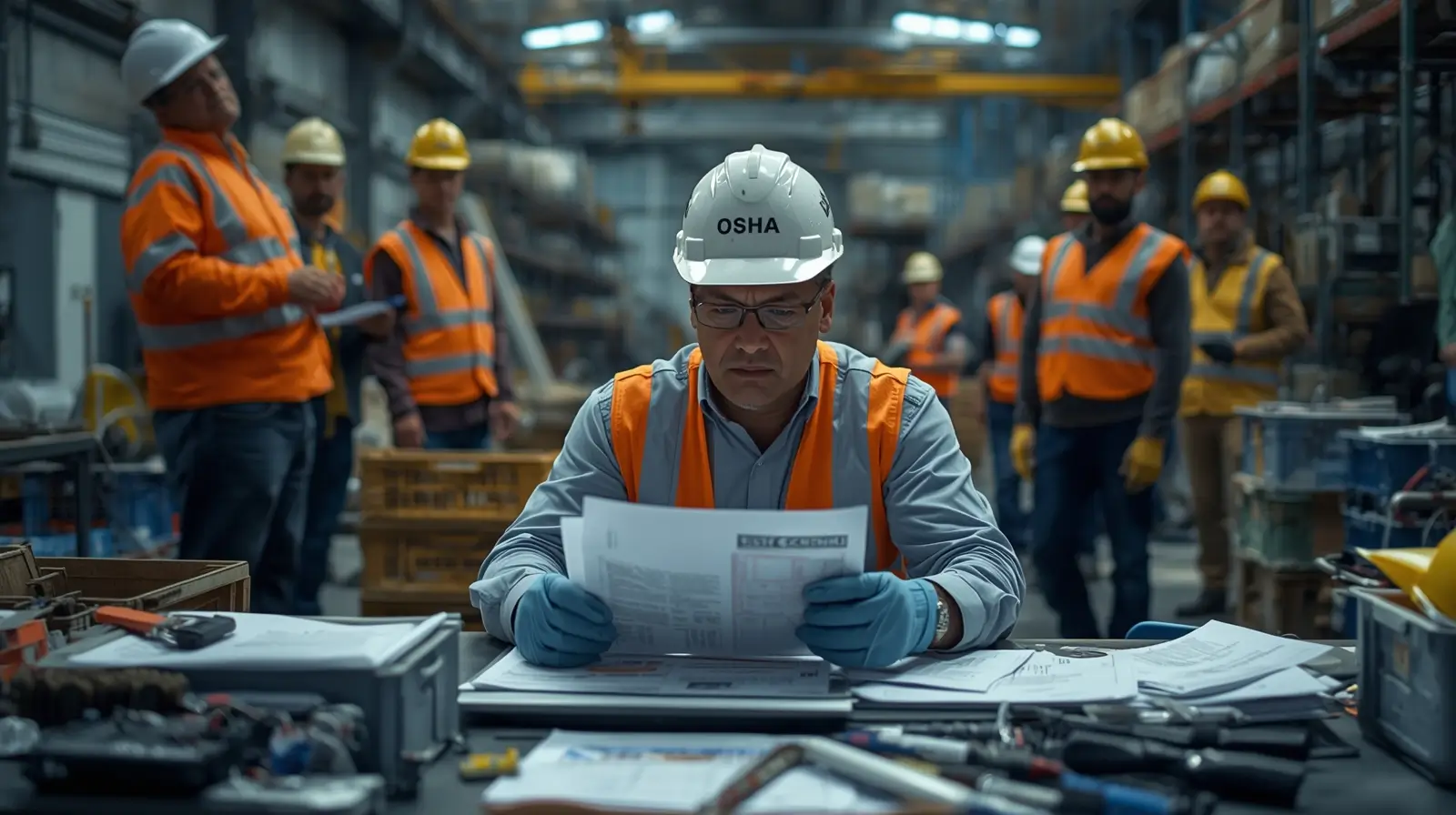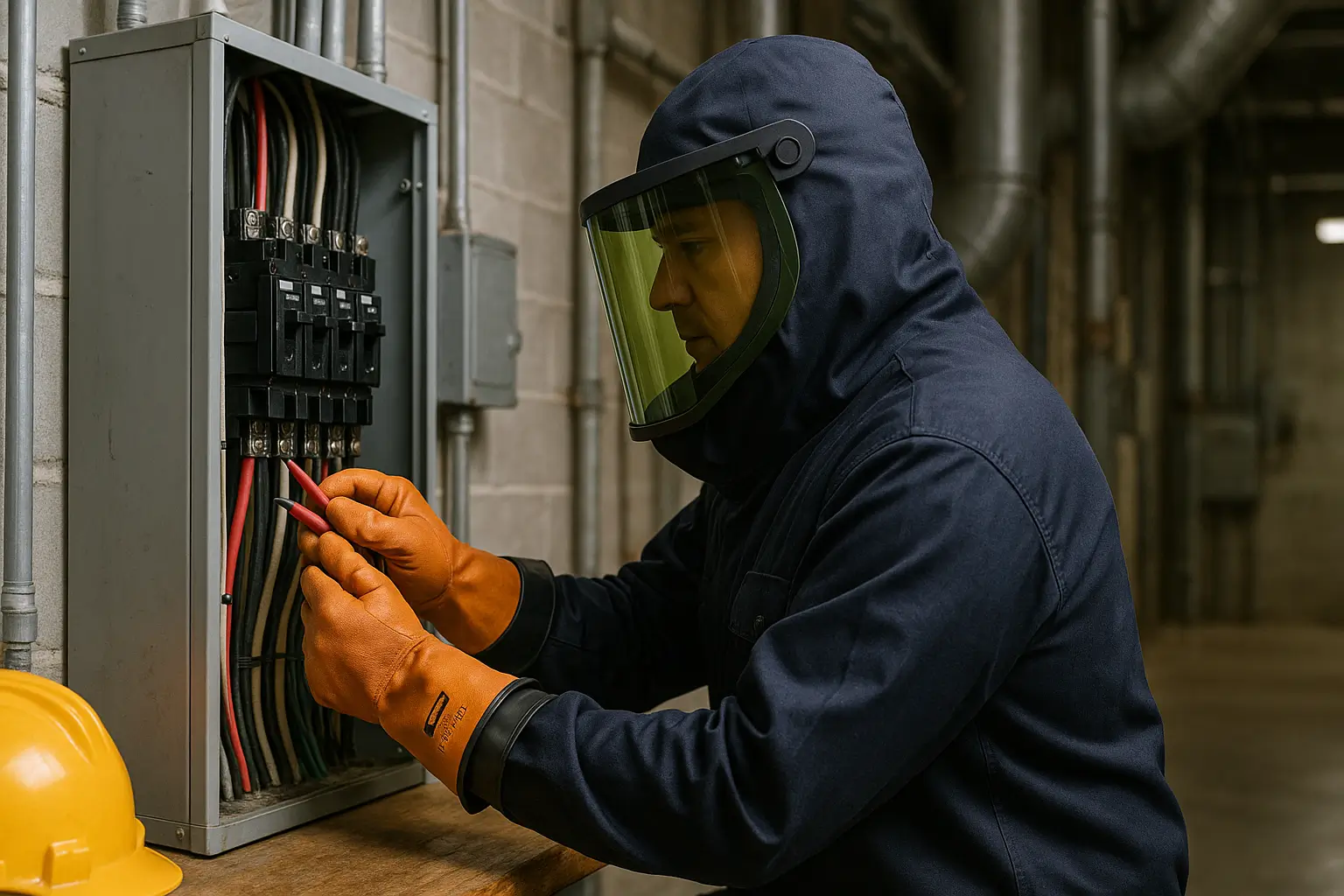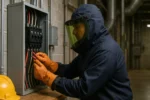Administrators have put in place a set of practices, designed to reduce fire damage, called Fire Safety. Fire safety measures are both preventive and curative in nature. They intend to first prevent a fire from happening. However, even if a fire has started, administrators use fire safety measures to limit its spread and effects. Fire safety measures include those planned during building construction or implemented in existing structures and those taught to building occupants.
Property developers often incorporate fire safety as a part of larger Building safety procedures. Fire Prevention Officers inspect buildings for code violations and visit schools to educate children about fire safety. Chief Fire Prevention Officers usually train newcomers in Fire Prevention Awareness and may also conduct inspections or make presentations.
Elements of a Fire Safety Policy
Fire Safety in Construction | Module 8 | OSHA 30-Hour Construction Study Guide
Fire safety policies apply to a building’s construction and its operational life. Government agencies enact building codes to ensure such features as adequate fire exits, signage, and construction details such as fire stops and fire-rated doors, windows, and walls. Fire safety is also incorporated into electrical codes to help prevent overheating of wiring or equipment and fires caused by electrical faults.
Fire codes regulate requirements such as the maximum occupancy for buildings like theaters or restaurants, for example. In addition to portable extinguishers, fire codes may require permanent fire detection and suppression equipment such as sprinklers and alarms.
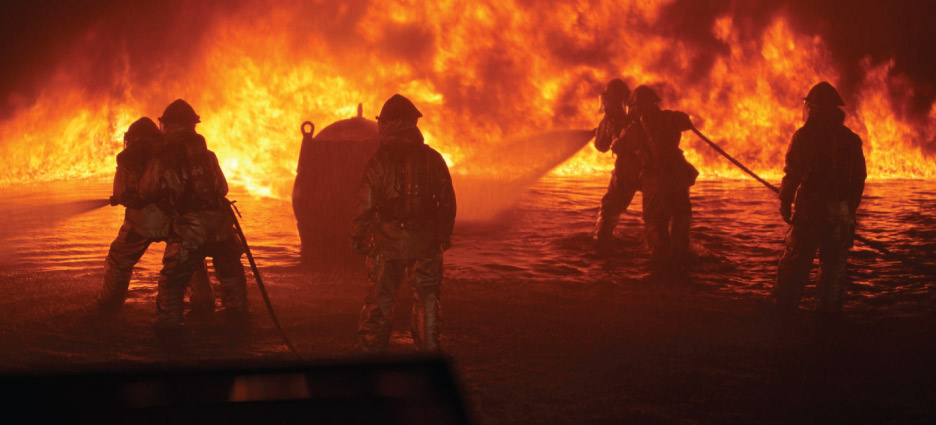
Local authorities charged with fire safety may conduct regular inspections. They may check for usable fire exits and proper exit boards, the correct type of working fire extinguishers at accessible places, and safe storage and handling of flammable and combustible liquids. Depending on local regulations, a fire inspection may result in a notice of required action. It may also result in closing off a building until its occupants adhere with fire code requirements.
Common Fire Safety Measures
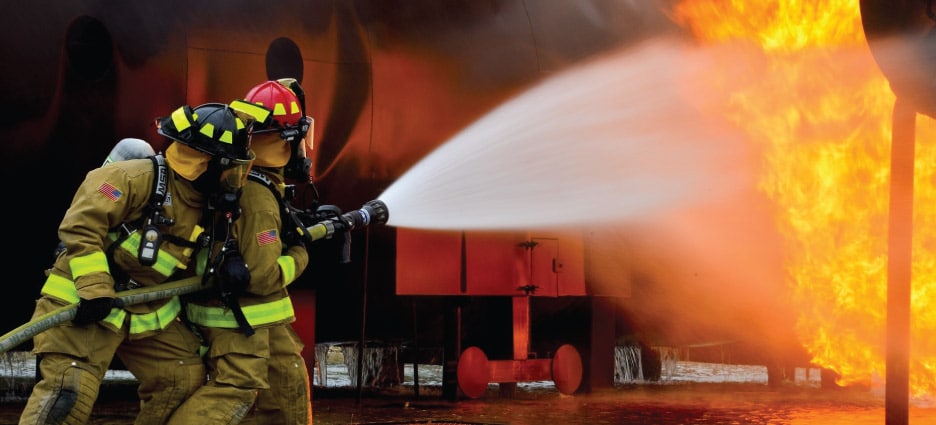
Owners and managers of a building may employ additional fire safety measures. For example, an industrial site may designate and train particular employees as a fire fighting force. Managers must ensure buildings adhere with fire evacuation regulations. They should make sure that building features such as spray fireproofing remain properly maintained. Fire safety policies may be used to raise awareness among occupants and users of a building. Buildings, especially institutions such as schools, may conduct fire drills at regular intervals throughout the year. This will help the occupants to react appropriately in case of a fire emergency.
Conclusion
Fire safety is a critical aspect of overall building safety that requires diligent planning, implementation, and maintenance. By putting in place comprehensive fire safety measures, administrators can significantly reduce the risk of fire hazards and ensure the safety of building occupants.
These measures, ranging from proper construction practices and regular inspections to occupant training and fire drills, are essential in both preventing fires and mitigating their impact. As part of a broader safety culture, organizations must prioritize fire safety to protect lives and property, and maintain adherence with regulatory standards.

